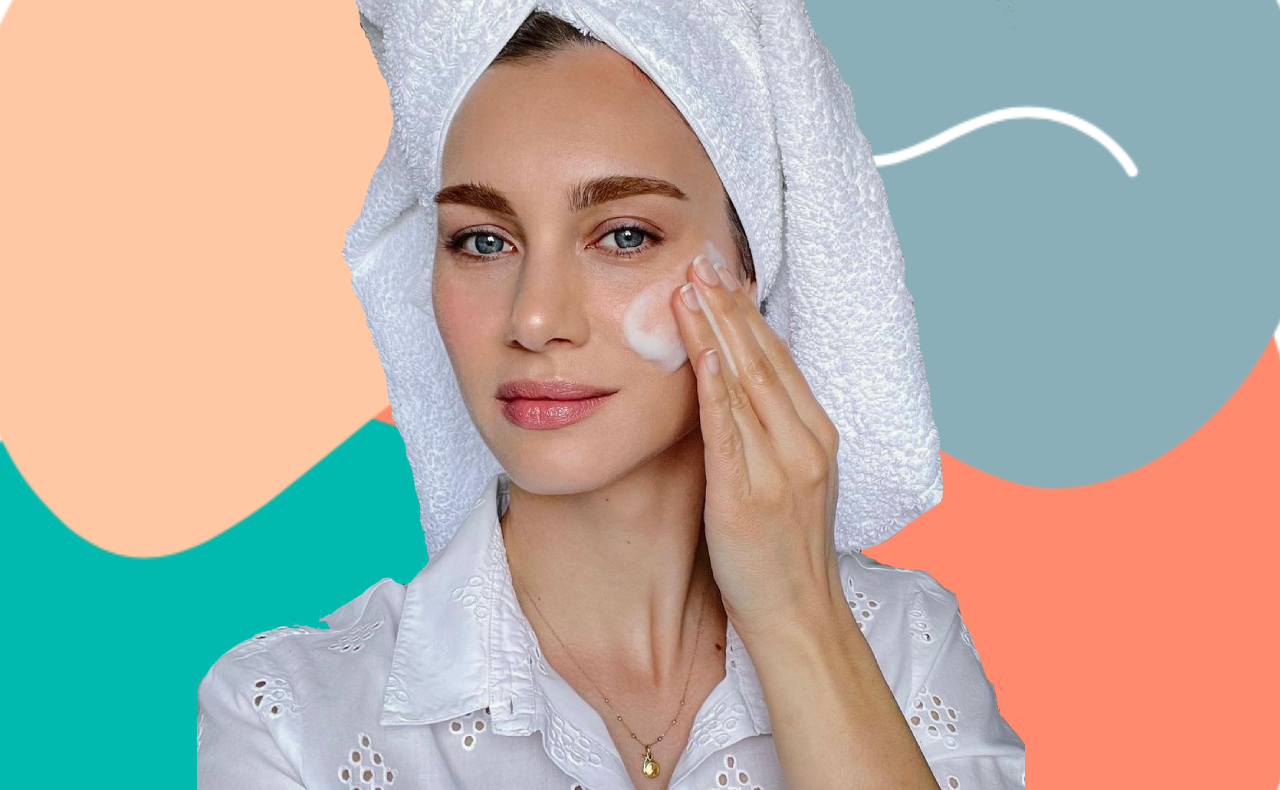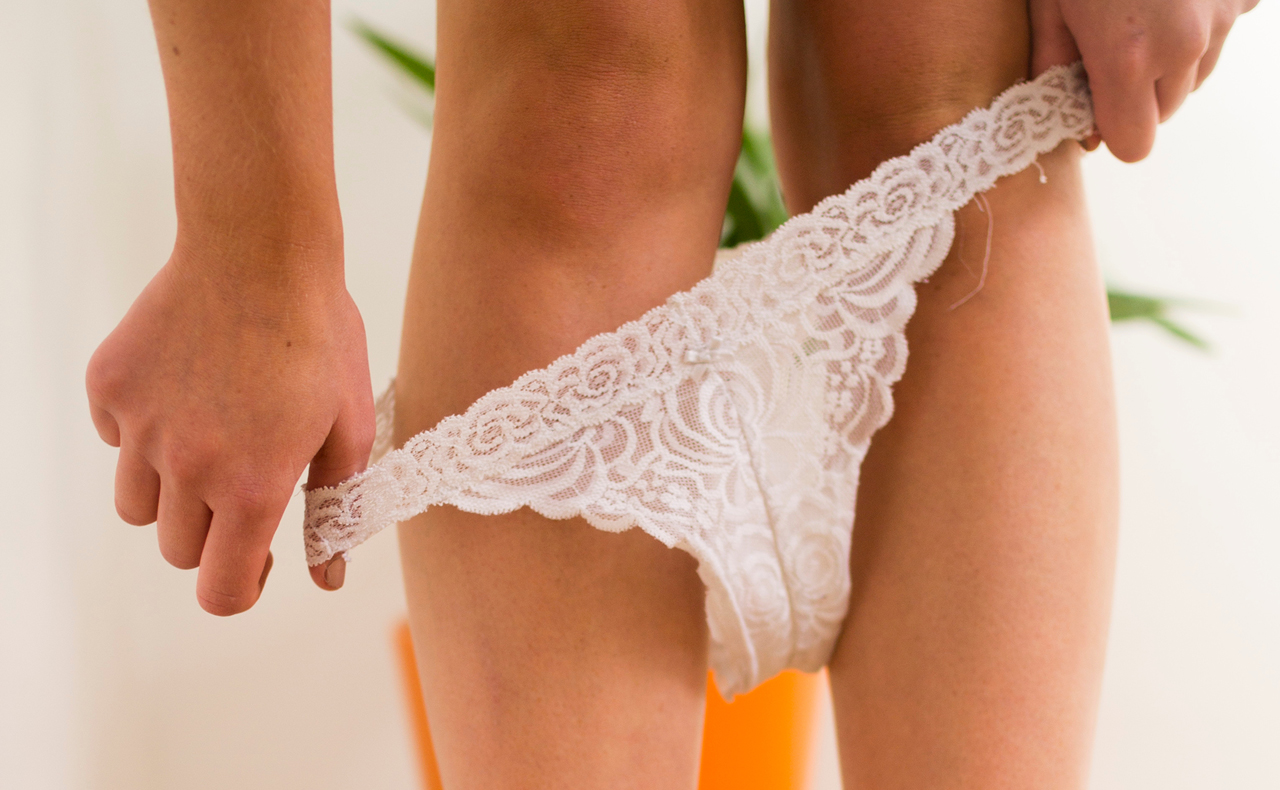Staying out of the sun and wearing SPF every day is part of keeping your skin in tip-top condition and minimising your risk of skin cancer. However, that being said, it’s important to still get your skin checked once a year in order to ensure that nothing sinister is developing on your skin.
Between skin checks you can keep an eye on any changed in your skin. Keep the ‘A, B, C, D, E’ in mind when monitoring your moles…
A: Asymmetry – is the mole symmetrical? Problematic moles are generally not symmetrical in shape.
B: Borders – what does the edge of your mole look like? If the edge of your mole appears to fade out, it’s much better than if it has a sharp, defined margin.
C: Colour – what colour is your mole? If there are more than three colours, or a predominantly pink colour in a mole then it’s best to get it checked out.
D: Diameter – how large is your mole? If it’s greater than 6mm in diameter or is noticeably growing, have it looked at by your GP or a dermatologist.
E: Elevation – is your mole lumpy or flat? The most common melanomas are flat and spread out slowly. Lumpy, more nodular melanomas do occur, but are less common.
Watch on above as I head to the Skin & Cancer Foundation Australia to have my skin checked by dermatologist, Dr Hanna Kuchel. And remember, covering up is the best protection, however when you are out in the sun it’s important to use a good SPF.
We like:Neutrogena Ultra Sheer Dry-Touch Lotion SPF 30 for daily use as it protects you from the sun without leaving your skin feeling greasy or sticky.
For the active among us, Neutrogena Ultimate Sport is a winner as it has a sweat, rub-off, and water-resistant formula, an easy-to-use spray application and the highest sun protection factor.
How often do you have your skin checked?
Have you, or anyone you know had skin cancer?





